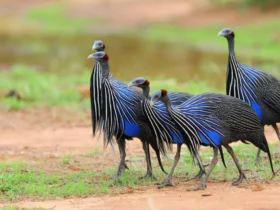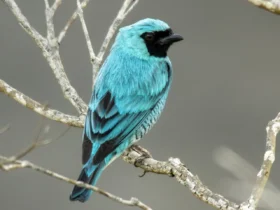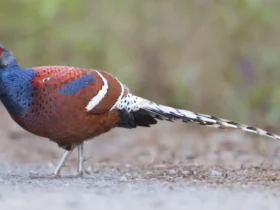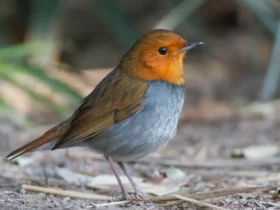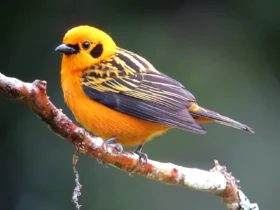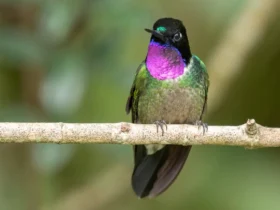Known for their impressive flying abilities, the Common Swift is one of the fastest flying bird species in the world. With their migratory nature and unique adaptations, these avian acrobats have fascinated observers for centuries. In this article, we delve into the world of the Common Swift, exploring its characteristics, life cycle, and the captivating behaviors that make it a true master of the skies.
Common Swift video
The Common Swift iamges












Appearance and Adaptations
The Common Swift (Apus apus) is a medium-sized bird with a streamlined body, long, curved wings, and a short, forked tail. Its overall dark plumage, ranging from brown to black, provides excellent camouflage during its high-speed flights. These aerial specialists have adapted to spend most of their lives in the air, utilizing their wings to perform incredible feats of agility, speed, and endurance.
Migratory Wonders
One of the most remarkable aspects of the Common Swift is its migratory behavior. These birds undertake annual journeys covering thousands of kilometers, crossing continents and even oceans. They breed in Europe and parts of Asia during the summer, but as autumn approaches, they embark on an epic migration to their wintering grounds in Africa, where they spend the colder months. These long-distance flights are a testament to the resilience and navigational abilities of these tiny aviators.
Aerial Lifestyle
Common Swifts spend the majority of their lives in flight, even eating, sleeping, and mating while airborne. They are well-adapted to this lifestyle, with their long, slender wings enabling fast and agile flight. Their streamlined bodies minimize air resistance, allowing them to reach impressive speeds of up to 100 kilometers per hour (62 mph). Swifts are known for their acrobatic flight displays, executing intricate maneuvers, such as swoops, dives, and aerial chases, as they navigate through the skies.
Nesting and Reproduction
During the breeding season, Common Swifts return to their nesting sites, often in colonies located in buildings, crevices, or nest boxes. They are known for their skillful nest construction, using their saliva mixed with plant materials to create cup-shaped nests attached to vertical surfaces. The female lays a single white egg, and both parents share incubation duties. After hatching, the parents work tirelessly to feed and care for the chicks until they are ready to fledge.
Ecological Importance
Common Swifts play a vital role in ecosystems as insectivores, feeding on a variety of flying insects. Their diet includes flies, beetles, ants, and other small invertebrates. By controlling insect populations, these birds contribute to the balance of local ecosystems and provide a natural form of pest control.
Conservation Status and Threats
Despite their widespread distribution, Common Swifts face several challenges and conservation concerns. Loss of nesting sites due to modern construction practices, such as sealing off buildings and reducing suitable crevices, poses a threat to their breeding success. Additionally, the use of pesticides and the decline of insect populations negatively impact their food availability. Conservation efforts focus on creating artificial nesting sites, preserving traditional nesting sites, and raising awareness about the importance of swift-friendly architecture.
Appreciating the Common Swift
Observing Common Swifts in their natural habitat can be a thrilling experience. Their synchronized flight patterns, distinctive calls, and remarkable aerial abilities are a sight to behold. Taking the time to appreciate these marvelous creatures reminds us of the beauty and complexity of the natural world and the importance of conserving their habitats for future generations to enjoy.
